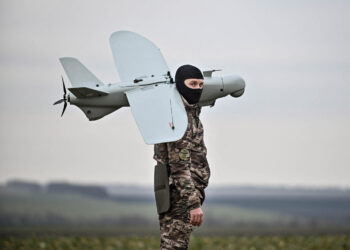,
Recent exercises in Iran have shown that the country's industrial base and engineering workforce are capable of finding their own solutions to their nation's defence needs, despite the nearly three-decade embargo on spare parts from the US.
During the exercises, the Iranian-developed Saeqeh was displayed flying in active formation with IRIAF Northrop F-5s. The Iranian-designed and built aircraft is almost a carbon copy of the F-5. It uses the same J-85 engine as its propulsion system but has a twin, outwardly canted vertical tail similar to the Boeing F/A-18.
An even more curious development is a photo showing an IRIAF McDonnell-Douglas F-4 firing a missile that outwardly resembles the Russian-made Vympel R-33 (AA-9), which would also have required some modification to the aircraft's fire control system. The F-4 is also carrying what appears to be a Westinghouse ALQ-119 or -131 jamming pod. These pods were fitted for the F-4E model, 177 of which were delivered to the Shah's air force before his regime fell.
While the Saeqeh is a more than 90 per cent copy of the F-5, Iran's Malek Ashtar University of Technology in Tehran has been working for a number of years on a fighter design called the Shafaq. Billed as an “all Iranian” design, this project was advanced under the guise of being an educational exchange programme with Russia. More than 20 designers formerly employed at Mikoyan, Sukhoi and other companies were transferred to Tehran to develop the aircraft's planform and complete a full-up detailed design.
The Shafaq is a subsonic aircraft with an empty weight of around 5,000 kg, an overall length of about 14 m and a 12 m wingspan. It was designed primarily as an attack aircraft and is equipped with seven stores hardpoints – three beneath each wing and one beneath the aircraft's fuselage centreline. It will be powered by one Klimov RD-33 engine – not surprisingly the same powerplant that is in the MiG-29.









